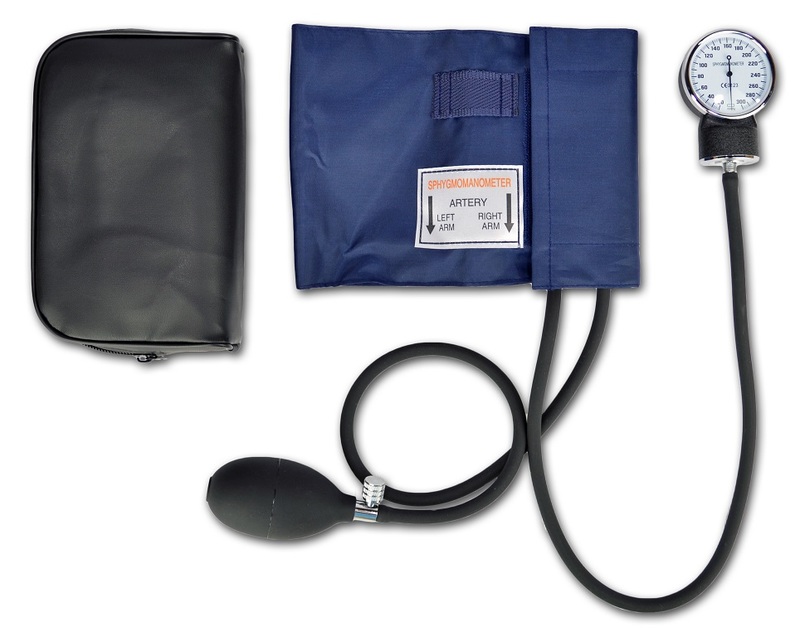10th Grade > Biology
LIFE PROCESSES MCQs
:
B and C
Bile is a green fluid secreted by the liver that helps in breaking down large fat molecules into smaller globules to ease it's digestion process. The actual digestion of these small fat globules is done by the intestinal juices, which convert fats into fatty acids and glycerol.
:
C
Saliva contains the enzyme salivary amylase. It breaks down starch into simpler molecules such as maltose. Starch is a polysaccharide made up of many units of glucose. Maltose, on the other hand is a disaccharide produced when starch is broken down by amylase.
:
A and C
In fishes and reptiles, the heart is two-chambered and there is mixing of oxygenated and deoxygenated blood. They are cold blooded (the body temperature varies according to the surrounding temperature), so energy is required only for locomotion and hence less amount of oxygen is sufficient in them. Birds and mammals are warm blooded, so more energy is required to keep up the body temperature. To maintain high energy requirements of the body, more oxygen supply is required. Therefore, the heart has four chambers and oxygenated blood and deoxygenated blood is kept strictly separated. Also, complexities in the body structure and different mechanisms have increased with evolution. Therefore the mechanism of circulation has also evolved.
:
B
The digestion of proteins starts in the stomach by the action of gastric juices produced by the walls of the stomach. Further, it also takes place in the duodenum and ileum of the small intestine under the action of pancreatic and intestinal juices respectively.
:
D

The force that blood exerts against the wall of a blood vessel is known as blood pressure. Blood pressure is measured with an instrument called sphygmomanometre. It consists of an inflatable rubber cuff, which is wrapped around the upper arm and is connected to an apparatus that records blood pressure.
:
D
Lungs always contain a residual volume of air so that there is sufficient time for oxygen to be absorbed and for the carbon dioxide to be released. Some volume of air is present in the lungs even after forceful expiration.
















